For us food-lovers, our digestive systems are pretty important. They allow us to absorb the wonders of the food universe and don’t ask for a heck of a lot in return. That said, this system doesn’t work in isolation. Our gastrointestinal (GI) tracts also house a pretty impressive creature: the gut microbiome. So what exactly is this thing, and how can it impact our health?
The term microbiome refers to all of the microorganisms (such as bacteria) that reside in your body. And there’s more than just a few of them. If you were to line up all of the cells in your body with all of the cells in your microbiome, the cells from your microbiome would outnumber your own personal cells by 10 to 1.
Maybe the idea of bugs living rent-free in your gut is mildly off-putting, but the reality is we need them. For starters, these guys help you digest food, make essential vitamins and out-compete harmful bacteria for your intestinal real-estate. While knowledge of the gut microbiome is evolving rapidly, science has only just begun to scrape the surface.
The latest research has shown that depleting or altering the gut’s bacteria may be linked to many complex diseases and health conditions. This means that the role of the gut microbiome extends beyond just the digestive system. For starters, take obesity. It’s become an epidemic in our society, especially in young people.
While genetics and lifestyle factors are known causes of obesity, this condition may also be linked to a depleted microbiome. A 2013 study conducted by Danish researchers found that reduced microbiome diversity was associated with an increased incidence of obesity.
Other serious conditions such as diabetes, Irritable Bowel Syndrome (IBS) and even cancer have been connected with alterations in the microbiome.
One of the best things you can do to keep your microbiome happy is to increase your intake of fermented foods. Fermented foods are living foods — that is, they contain bacteria that can help promote a diverse living environment for your microbiome.
Everyone’s heard of yogurt and probiotics, but there are many more fermented food options. Below are five easy-to-find fermented foods that taste great and help build a beautiful biome.
Sauerkraut
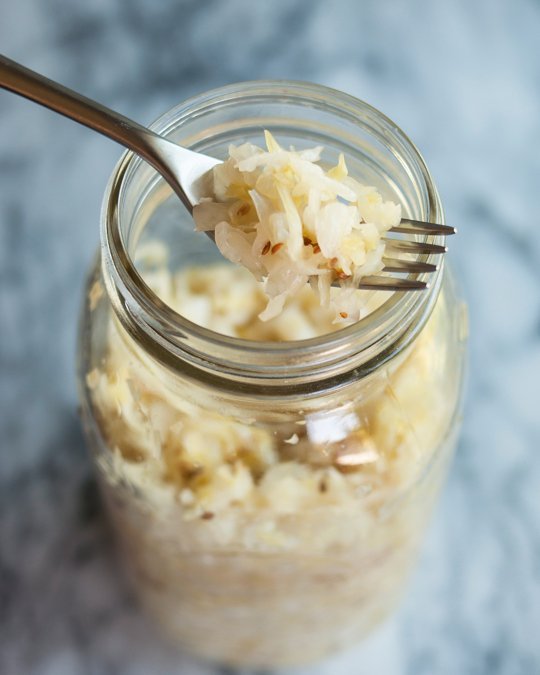
Photo courtesy of thekitchn.com
This food isn’t just for Oktoberfest. The slightly acidic flavour pairs perfectly with sandwiches, salads, or anything that needs an extra crunch.
Sauerkraut is prepared by taking fresh cabbage and placing it in an air-tight environment. Lactobacillus bacteria (which is naturally present in cabbage) digests sugars from the cabbage, producing lactic acid, creates the “sour” in sauerkraut.
The bacteria at work behind the fermentation process here can help repopulate your microbiome with tons of beneficial bacteria.
Kimchi
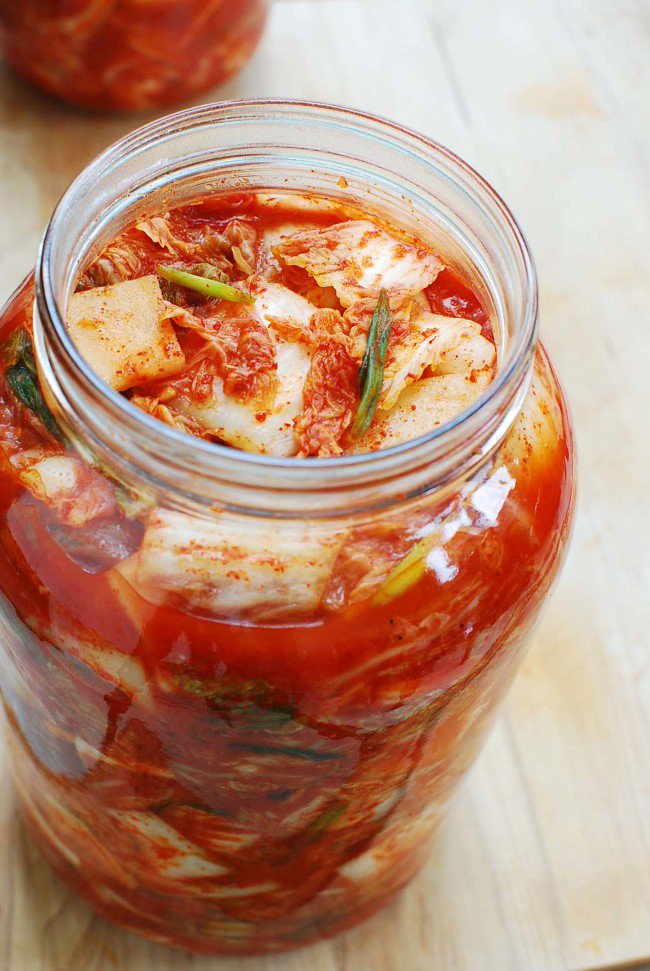
Photo courtesy of koreanbapsang.com
If sauerkraut and Sriracha sauce (check out these snacks if you love Sriracha) were to produce a lovechild, it would be kimchi. While similar to sauerkraut in texture, kimchi definitely packs more of a punch.
Kimchi is a fermented Korean cabbage/vegetable medley and is a great addition to your stir fry or ramen. It’s prepared through the same fermentation process as sauerkraut, offering similar health benefits with an added dose of spice which will boost your metabolism (a little).
Kefir
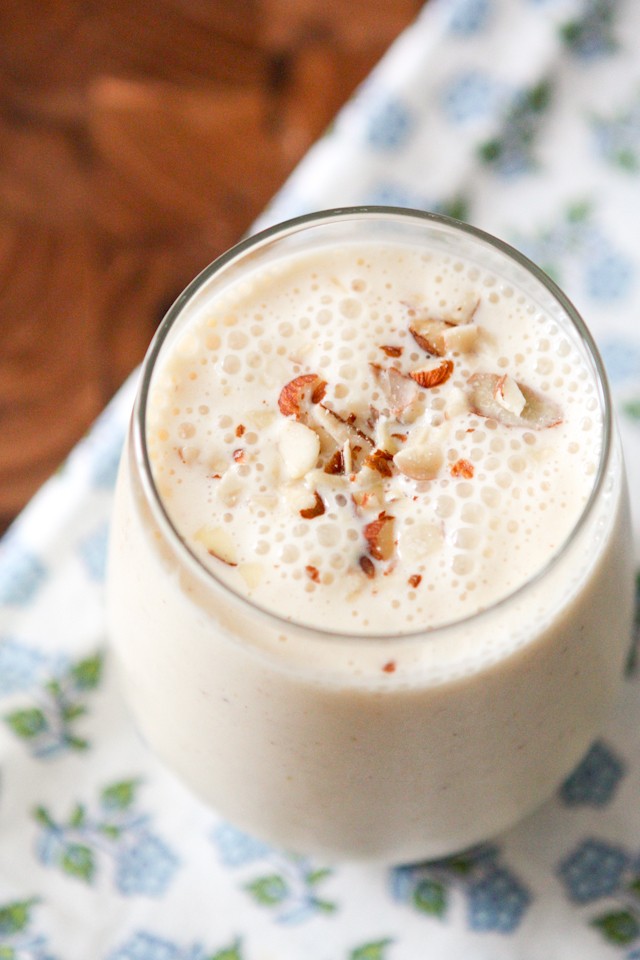
Photo courtesy of aggieskitchen.com
Kefir’s pretty much a drinkable form of yogurt, but a little zestier. It’s great with granola, oatmeal or in healthy smoothies.
Kefir is formed by adding special “kefir grains” to milk. These grains are actually just cultures of lactic acid bacteria, which facilitate the fermentation process of the sugars found in milk. Because kefir grains contain a wide variety of bacterial species, kefir is an excellent food for promoting microbiome diversity.
Miso
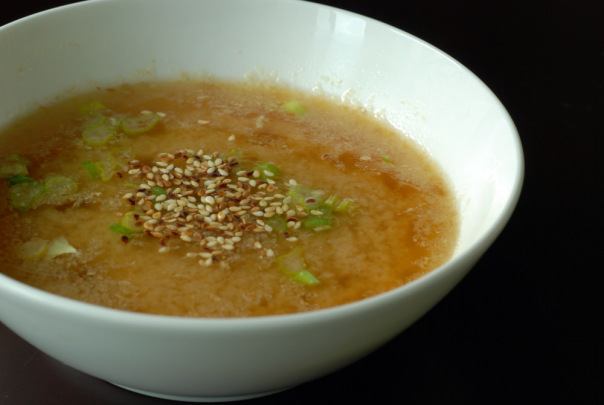
Photo courtesy of tastespace.wordpress.com
Yes, the soup from your favourite sushi restaurant is also a biome-booster. Miso’s a paste made from fermented soybeans, and can be made into a soup broth or added to sauces and salad dressings. The fermentation process is facilitated by the fungus Aspergillus oryzae, which can break down some of the nutrient-dense but less-digestable components of soybeans, which can then be absorbed by your body.
Kombucha
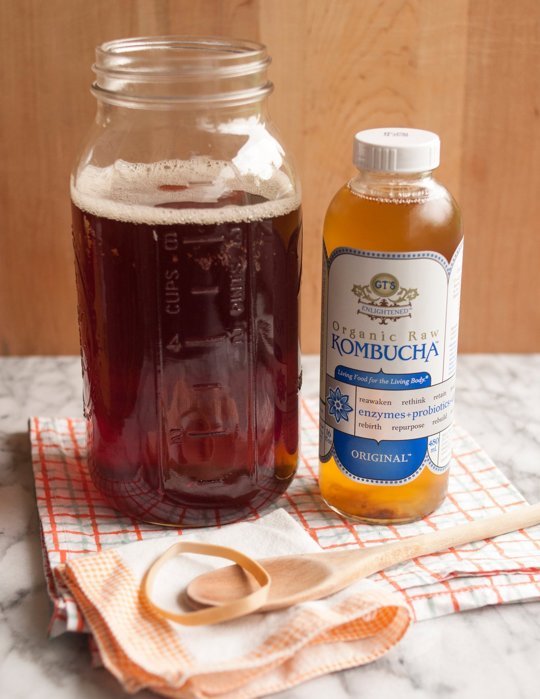
Photo courtesy of thekitchn.com
Kombucha is prepared by fermenting black tea with a SCOBY (Symbiotic Colony of Bacteria and Yeast). This is basically just a giant factory of microorganisms and is excellent for promoting microbiome diversity through its fermentation magic.
While the SCOBY itself kind of looks like a mythical sea creature, it produces a tonic that tastes like an elixir of life. It’s slightly sweet, with just enough zest and effervescence to make you feel like you’re drinking champagne. Happy hour, anyone?


